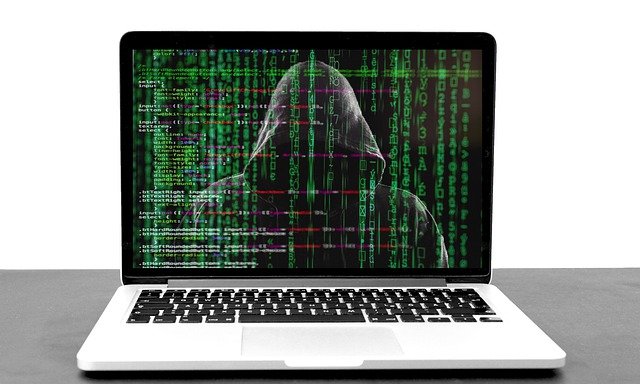As the digital world develops, so do the cybersecurity threats that businesses face. With attacks escalating in frequency and diversity, it’s become crucial for organizations to understand these threats to be able to react accordingly. Research shows 72% of organizations feel their business is under the threat of cyber attacks, which isn’t at all surprising considering the thousands of incidents that have recently occurred and over 8 billion data breaches worldwide.
Malicious agents use advanced techniques to exploit vulnerabilities, presenting tangible dangers to businesses across all industries. These threats endanger financial stability and harm the company’s standing in the market, underlining the need for robust cybersecurity measures. At the very least, businesses must be prepared for the following seven cybersecurity threats.
Ransomware
Ransomware is currently one of the greatest cybersecurity problems in the business world, with 66% of companies reporting an attack in the previous year. It’s actually the last stage in the process because the attackers first need to get ahold of the sensitive data using different strategies, like phishing or attacking outdated software. The stolen information is encrypted and locked, and the victim must pay ransom to regain access.
Companies can protect themselves from ransomware by employing comprehensive cybersecurity measures and regular data back-ups. Otherwise, they’ll have lost efficiency, malfunctions, and damaged network infrastructure.
Phishing Attacks
It all starts with a single email created to emulate the look of a regular email that the targets receive daily from colleagues, their bank, or a social media platform. The attackers present themselves as legitimate entities using a well-known address to trick their prey. The victims click a simple link, insert their password, or type in their credit card number, unaware they’ve been lured into disclosing personal data.
Another method cybercriminals use is to make their victims download a malicious file, which is used to steal and export data for financial gain through ransomware or to access proprietary information. The best way for companies to protect themselves from these attacks is to educate employees about the importance of verifying all addresses and links before opening them.
Third-Party Breaches
When a cybercriminal gets unauthorized access to the company’s information or system through their vendor, supplier, or partner, it’s called a third-party breach. The primary attack happens on the third party’s system, with hackers gaining access if the security measures aren’t robust enough or up-to-date. Then, they aim for the system and data of the company that uses the third-party services. To avoid potential breaches, companies must regularly screen the security practices of all the entities they cooperate with and implement comprehensive security controls within their systems.
Bad Patch Management
The core task of a patch is to improve efficiency and performance, eliminate a threat in the safety system, or fix a bug. Patch management involves maintaining and applying updates, or patches, to the company’s software and systems. They are vital for cybersecurity, so companies must regularly check if all the electronic devices are recently updated and working at their peak.
Outdated or neglected systems are especially vulnerable to cyber exploitation. Also, if patches aren’t tested enough or workers update firmware manually, cybercriminals can exploit the system’s vulnerabilities.
Formjacking
Gaining control of the forms on a website is a widely known scheme. Cybercriminals inject malicious code into an e-commerce website to gain access to the payment processing forms. This allows them to collect credit card details and other sensitive information users enter during online transactions. Formjacking attacks can be prevented using a state-of-the-art firewall and reliable antivirus software to block or detect malicious traffic.
Insider Threats
Cybersecurity risks can be caused by someone directly involved in the company – a former worker, departing employee, contractor, vendor, or partner. They can use their access and privileges to harm company data, systems, or operations. They may steal data, sabotage a system, manipulate finances, or spy and sell sensitive information. Besides user monitoring, companies must do background checks and screen new candidates to identify potential risks.
Endpoint Attacks
The term endpoint stands for any remote computing device that interacts with a central network to which it is connected, like a computer, smartphone, tablet, or an IoT (Internet of Things) device. Hackers use these devices to access the company systems, steal data, or deploy malware. Regularly updating antivirus software and applying security patches and updates can reduce the number of endpoint attacks in any company.
Bottom Line
Nowadays, cybercriminals are braver than ever. Businesses are exposed to diverse safety challenges, and the best solution is to equip themselves with a range of backup, restoration, and vulnerability management tools. Also, companies must invest in a quality team that will employ adequate security measures, prevent attacks, and react to all security breaches.







Recent Comments